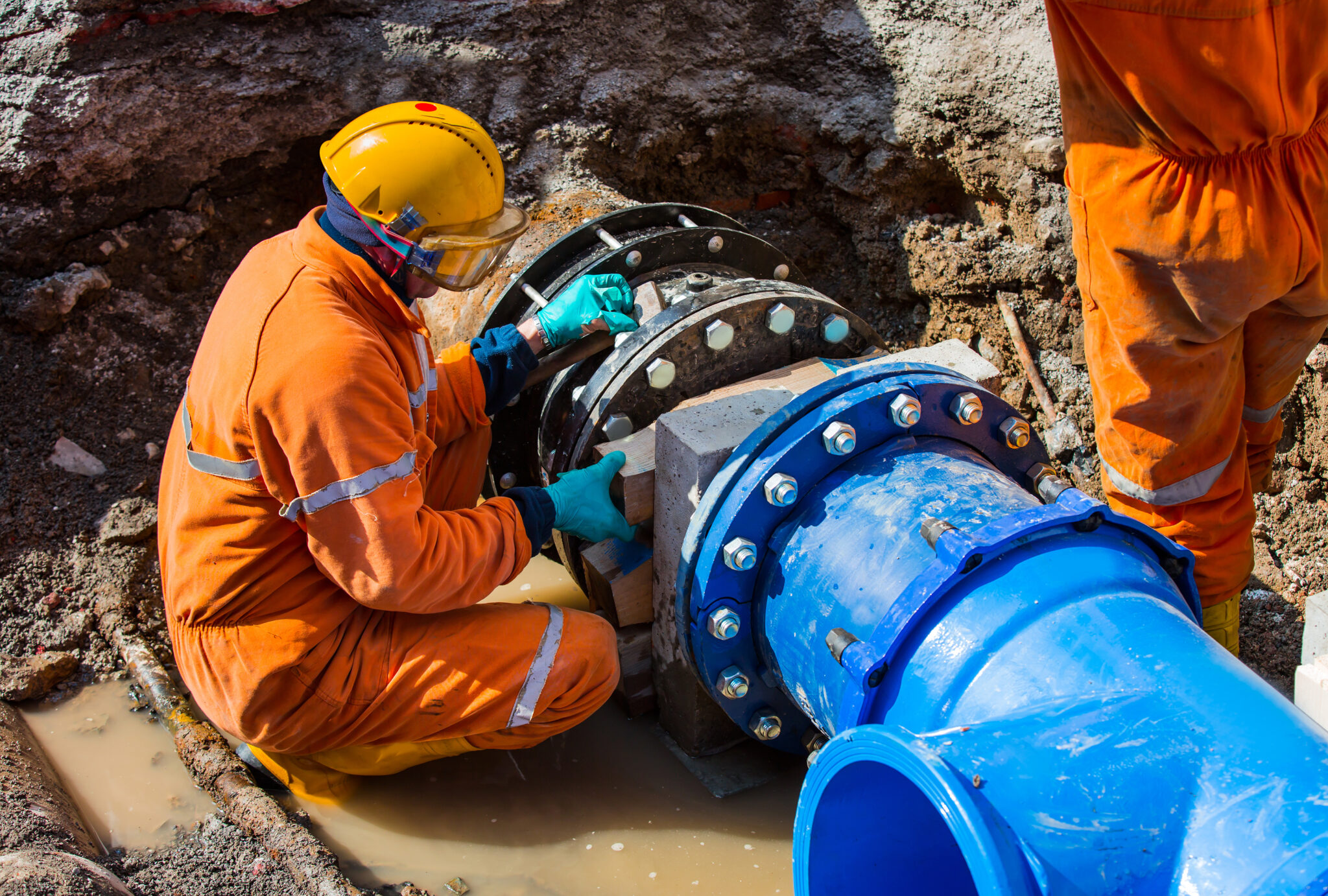
Pipe Relining vs. Replacement: Which one is right for you?
In years gone by, repairing or replacing underground pipes meant that you would need to have your yard excavated. This was an obvious inconvenience because it would wreck your lawns and garden, it was extremely expensive and it was disruptive for families trying to get about their lives.
Fortunately, plumbing technologies have come a long way and there are methods of repairing and replacing pipes underground without doing massive damage to your lawn. Modern technology means that pipes can be easily repaired through pipe relining, while modern pipe replacement involves far less intrusive measures of installation. But which option is best for your property and your budget?
This article will tell you everything you need to know about pipe relining and repairs so you can be better educated on which process will deliver the best results at the right price for you.
What is pipe relining?
This is the process of creating a new pipe inside the interior of your existing pipe. A specialised epoxy, silica, or vinyl is inserted into the pipe that is then expanded, creating a new fibreglass pipe that is up to four times stronger than the old one and highly resistant to tree root invasion as well.
This modern solution has become a popular technology because no digging is required and you almost always end up with a stronger pipe than you started with. There is little mess, no noise and minimal disruption in your home.
What is the pipe relining process?
While this process may sound simple, it requires specialised equipment and expert plumbers with the right training and qualifications. The right plumber will be able to carry out the pipe re-lining process quickly and precisely to ensure your plumbing is working optimally and there is no damage to your home. This process involves:
– A CCTV camera on a snake is inserted into your pipes to locate the damaged section and assess the extent of the damage to the pipe.
– Once your plumber has the data they need, hot air is blown into the pipe to dry it out completely. A combination of sand and air can be used to remove any deposits.
– The deflated epoxy, vinyl or silicone replacement is fed into your existing pipe.
– When this tube is perfectly placed in the pipe and covering the damaged section, it is then inflated so that it perfectly fits against the inner wall.
– The outside of the tube is covered in resin so that it bonds with the pipe.
– When the resin dries, the new tube and your old pipe will be perfectly fused together to create a strong new pipe.
In most instances, pipe relining is the best solution
Pipe re-lining actually makes most pipes stronger than they were before. In fact, there are many other benefits that put this repair method at the top of the pile, including:
Overall costs: Even though pipe repairs can be conducted with precise water jets and minimal damage to your lawn, pipe re-lining is almost always cheaper. This is because the process is quicker and less labour intensive, plus, fewer materials are required.
Time: If any digging is required, only a small hole is required to insert the pipe re-lining materials. Pipe repairs require trenches on either side of the pipe, which takes more time and effort. This time and effort are sometimes required, though, which we will explore later.
Life expectancy: A pipe re-lining is likely to last up to 50 years, even if tree roots try and break their way in. In most cases, this re-lining is stronger than any new pipe you install.
When pipe replacement is essential
While pipe relining sounds like the perfect solution (and it is, on most occasions), it is not always viable. If your pipes are extensively damaged, it might not be possible to inflate the material inside the pipe.
This occurs when pipes have been completely destroyed and invaded by tree roots to the point that repair is no longer possible. Pipes can also become displaced by other events, like when the earth shifts because of extensive flooding, earthquakes or other natural occurrences.
Finally, if the existing piping is sagging or damaged in a way that it is holding water that cannot be removed, it will not be possible to re-line the pipe.
What are the costs associated with pipe repairs and replacement?
It is impossible to provide a quote for either service without first surveying the extent of the damage. The cost will be determined by the extent of the damage, the service required, the overall condition of the entire pipe, the length and diameter of the pipe affected, the location and accessibility.
To organise a quote and to get the most competitive and reliable pipe repair or replacement service, contact the team at All Day Plumbing or book online.